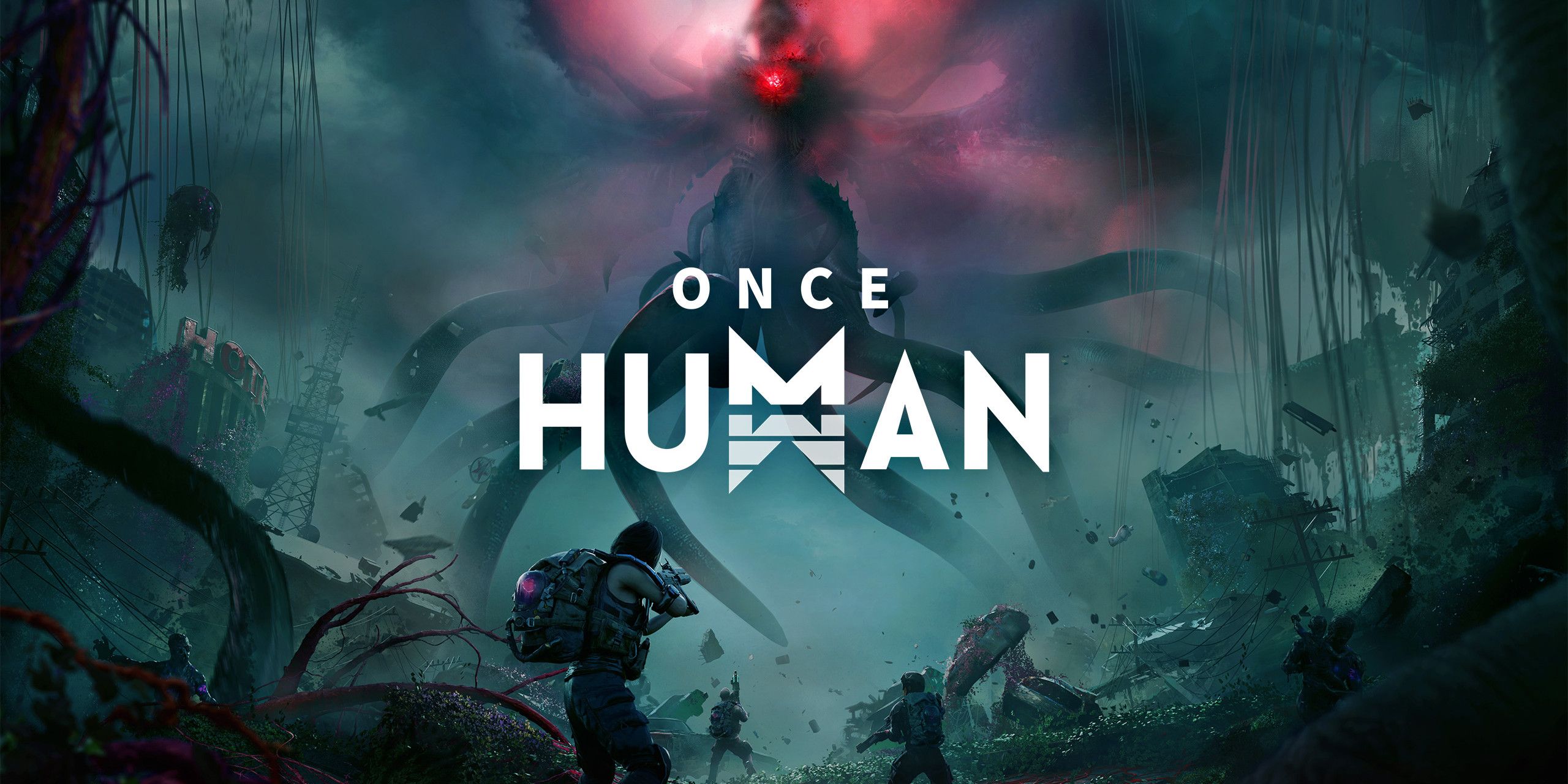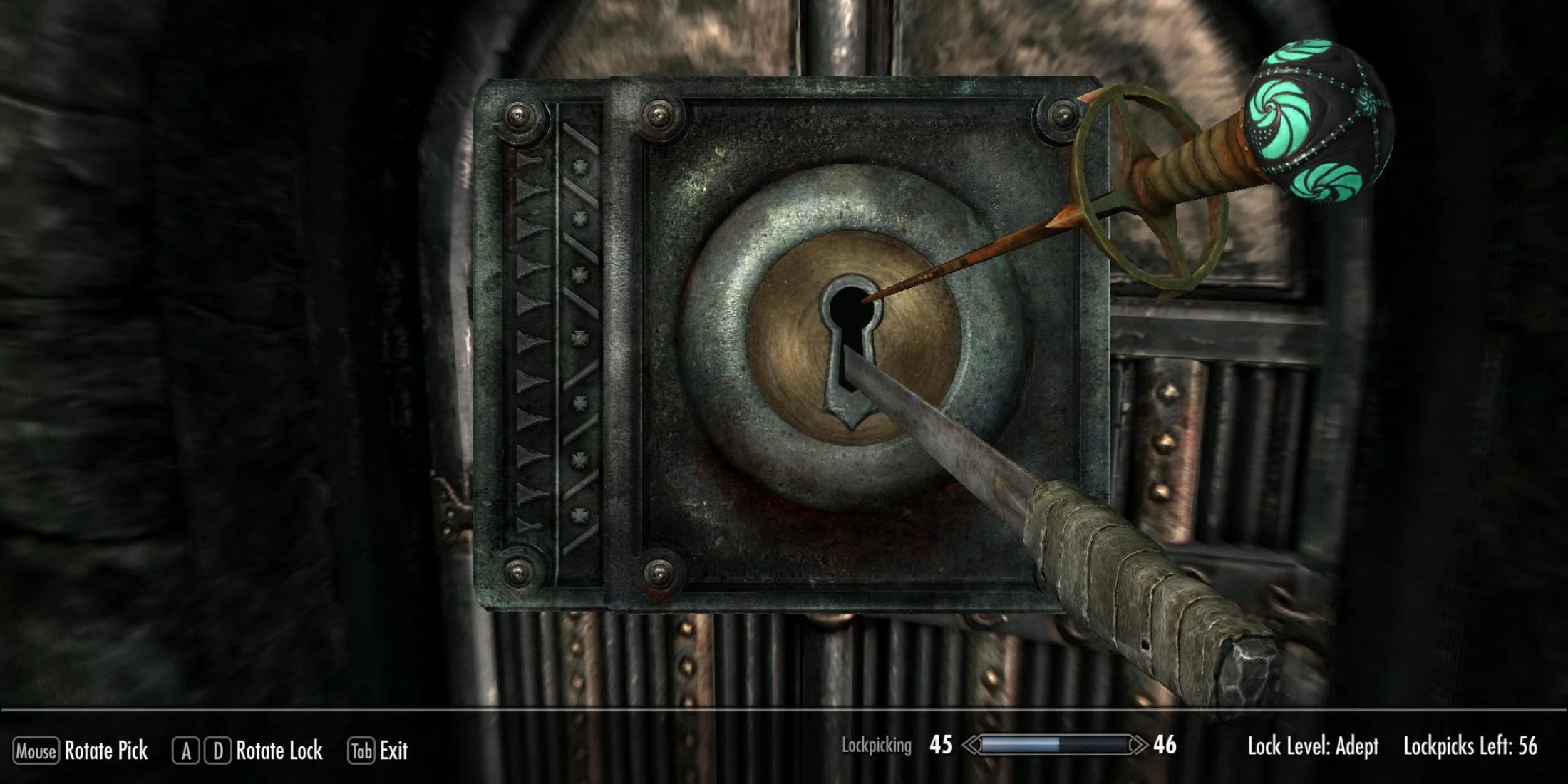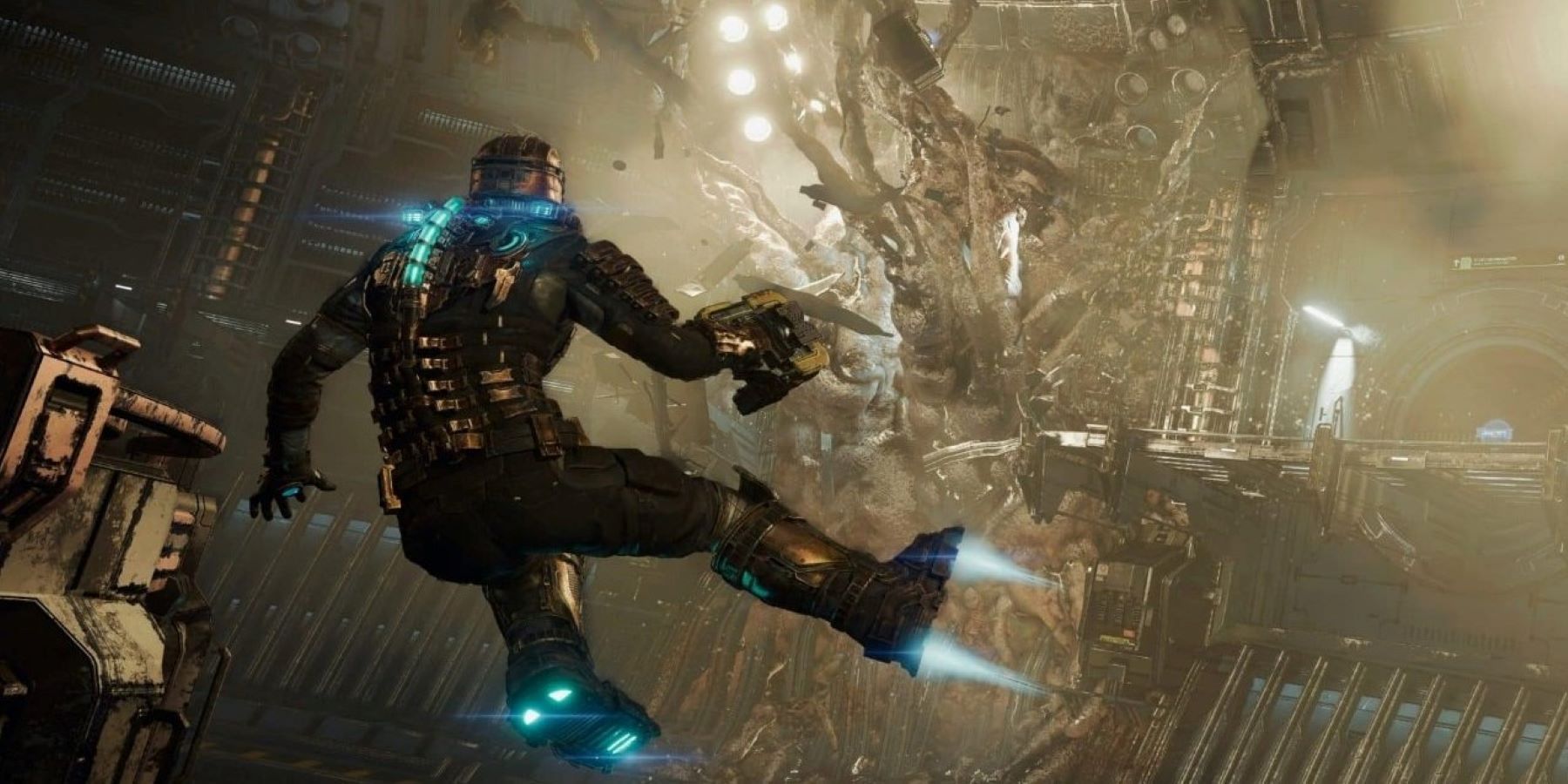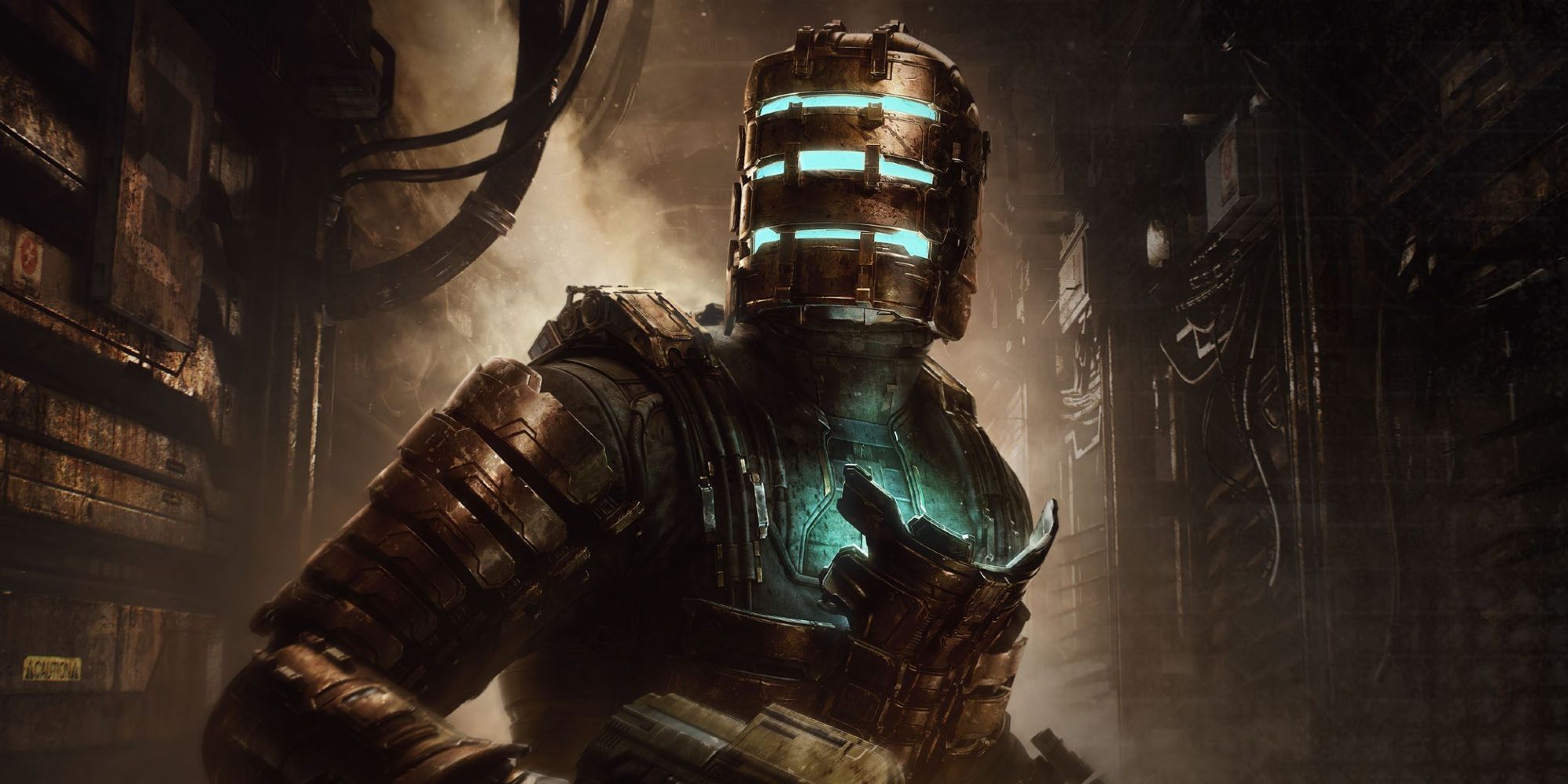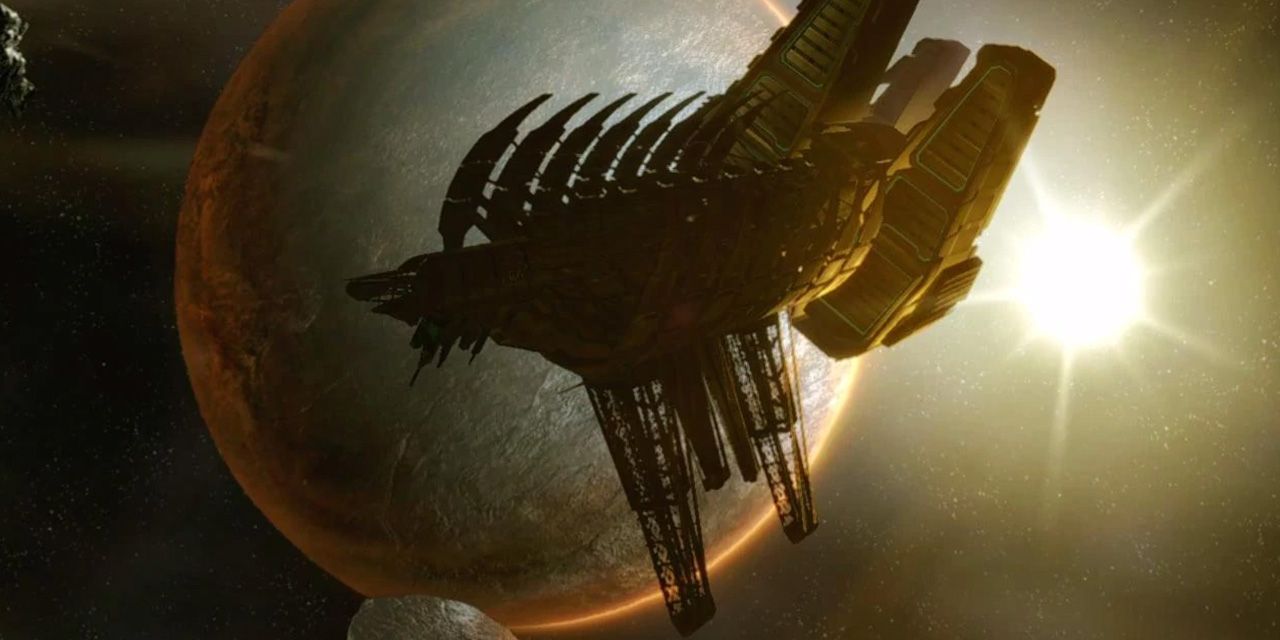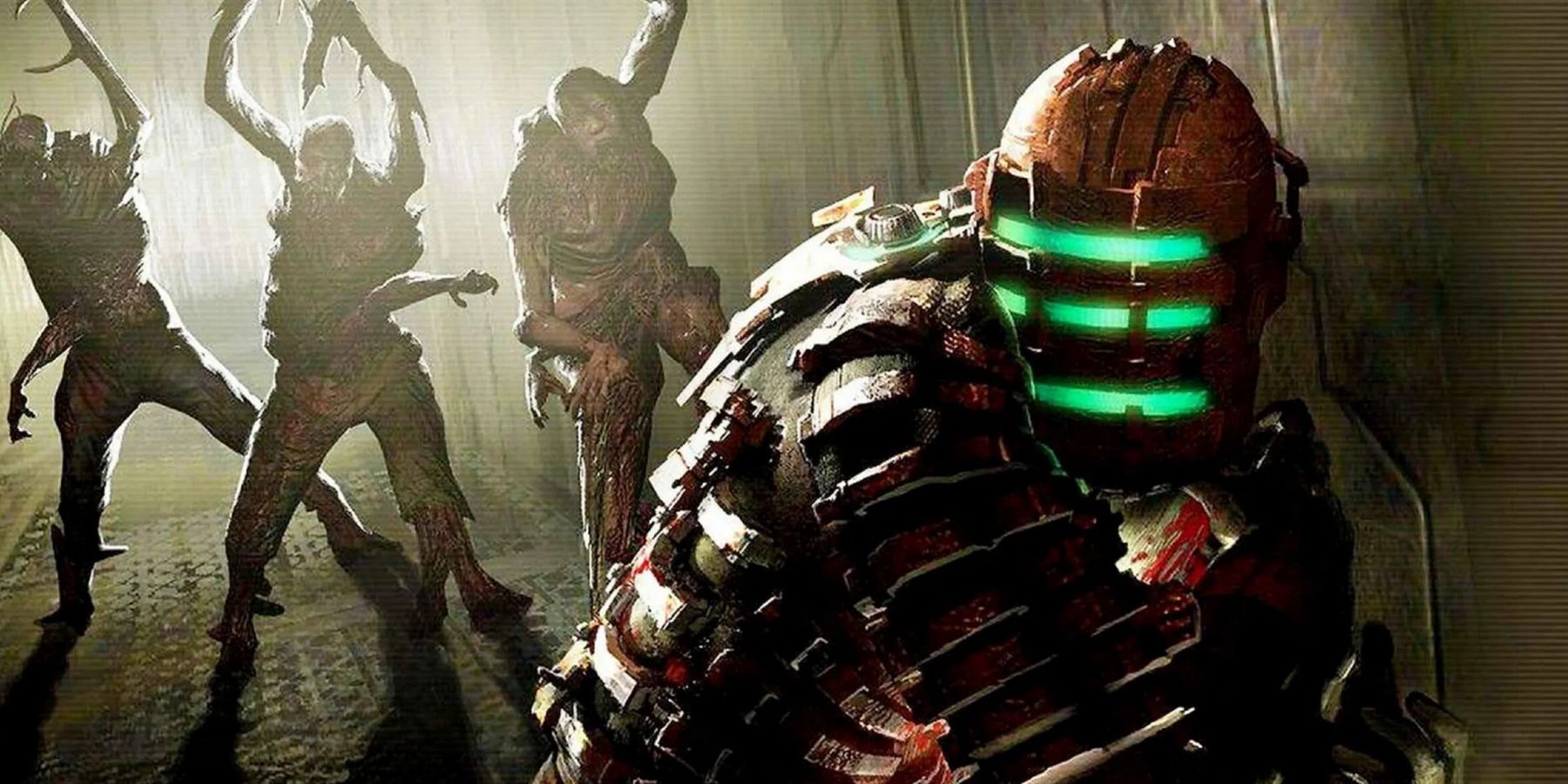The original Dead Space was released in 2008 and is considered one of the best survival horror games ever made. For many, its mix of intense action, terrifying atmosphere, and nightmare-inducing sights and sounds created one of the most memorable gaming experiences of the past two decades. Spawning two direct sequels along with several spinoff games, comics, novels, and more, the Dead Space universe has become quite expansive since the first game's debut. With a remake of the original set to release in January 2023, fans are eager to step back into the rig of Isaac Clarke and survive the horrors of the USG Ishimura once more.
While remakes and remasters have become a dime a dozen, the differences between the two are substantial. Remasters will typically be less extensive overall, providing an increase in resolution and texture quality while offering various surface-level upgrades. Remakes, on the other hand, tend to be completely remade versions of games. These will be updated from the ground up with all-new assets, gameplay systems, and quality-of-life improvements while attempting to remain faithful to the original. Being a full-blown remake, Dead Space looks to recapture what made the original so loved while adding a few new surprises that aim to enhance the experience even further.
Remakes Make Old Games Feel New Again
Recent remakes include Resident Evil 2, Resident Evil 3, Demon's Souls, and most recently, The Last of Us Part 1. The original games are all beloved games in their own right and fans praise the remakes for maintaining what kept the core experiences so strong. At the same time, they use modern gameplay, graphics, and audio to enhance the atmosphere, tension, world-building, and storytelling. Dead Space appears to be handling this perfectly thus far, ensuring the original's core components are intact (setting, atmosphere, direction, sound) and improving upon them wherever possible.
The developers of the remake are also adding a suite of underlying systems to improve upon the game in its most crucial areas. The original Dead Space developer, Visceral Games, was shut down by EA in 2017, leaving developer EA Motive to handle the remake. Lucky for fans, EA Motive has shown it knows what made the original so great, as it has been extremely open in communication throughout the development of the game. This includes community feedback sessions, live streams, gameplay presentations, and interviews, demonstrating that this is a true passion project for the team.
Rebuilt entirely on the Frostbite engine, Dead Space is able to take full advantage of modern tools to improve the game in every way possible from a technological standpoint. Textures, lighting, and animation are improved dramatically, as is to be expected. Features like ray tracing, volumetric effects, and 3D audio enhance the sense of immersion and help the USG Ishimura come to life. Additionally, one of the most impactful technological advances gets rid of loading screens and allows persistent access to each level, providing an uninterrupted and immersive experience from beginning to end.
Dead Space Looks Devoted to Classic Elements
Immersion plays a major role in Dead Space, and the remake promises to not just recapture the immersion, but elevate it. Franchise staples return, such as the player's health and stasis levels visible on Isaac Clarke's suit, along with the in-world menus for inventory, audio logs, etc. With such a high bar for immersion already set by the original, one way EA Motive seeks to improve upon this is by adding a single-shot camera. This allows players to remain constantly engaged in and around the USG Ishimura, even while traveling to new areas or observing story moments.
Dead Space's story will be improved too. For example, Clarke's girlfriend, Nicole, is the main motivating factor behind his actions, and the developers have expanded her story in the remake. Other story elements have been slightly adjusted as well, such as the Church of Unitology being introduced earlier in the game, as well as Clarke's background, thoughts, and motivations being expanded upon. The world is also a key component of the story, as the USG Ishimura itself serves as a character. Thanks to the Frostbite engine, the horrifying and breathtaking sci-fi environments of Dead Space come to life in the modern era.
The most notable narrative change, however, is the fact that Isaac Clarke is fully voiced this time around. This doesn't mean he is sparking up conversations all the time or talking to himself, which would divert too much from the original. Instead, he only responds when being spoken to, so he won't just silently stand around and do as he's told. Given that side quests have been added to the remake, this is sure to be a welcome change to further characterize Clarke. The original voice actor was even brought back to record the new voice lines in the remake, in addition to other new sound effects.
The ALIVE System and Intensity Director Elevate the Immersion
For those who played the original, many would agree that Dead Space has some of the best sound design in any game even to this day. The thunderous clanking of the desolate mining spaceship, the eerie distant screams, the disconcerting clattering of offscreen enemies, and the desperate breaths of the player's character, all combine to create a profound sense of isolation and distress. In aiding the already stellar sound design, EA Motive introduces the ALIVE system, which stands for Adrenaline, Limbic System Response, Intelligent Dialogue, Vitals, and Exertions.
ALIVE adjusts Clarke's breathing, heart rate, and voice lines based on his current physical and mental state. When he becomes injured, players will hear him grunt and moan in dialogue and struggle to catch his breath. When he encounters jump scares and exerts himself through sprinting or stomping, his heart rate and breathing rate will increase. These sound effects are layered on top of the base heart and breathing rate, which serves as a prime example of how EA Motive is adding on top of what's already great instead of completely changing the game. The intensity of each situation is further communicated to the player based on what's actually happening around them.
In addition to the ALIVE system, another brand-new underlying system added to the remake is the Intensity Director. Since the world is Dead Space is now persistent and players can freely travel between areas on the ship, the Intensity Director solves the feeling of comfort from treading previously-explored environments. This system dynamically adjusts the atmosphere upon further visits of previously-explored areas by changing the lighting, sounds, and even enemies within the environment. This means that any room a player visits may look and feel differently each time they visit, adding to the tension and suspense at any given moment.
Dead Space will release on January 27, 2023, on PC, PS5, and Xbox Series X/S.

